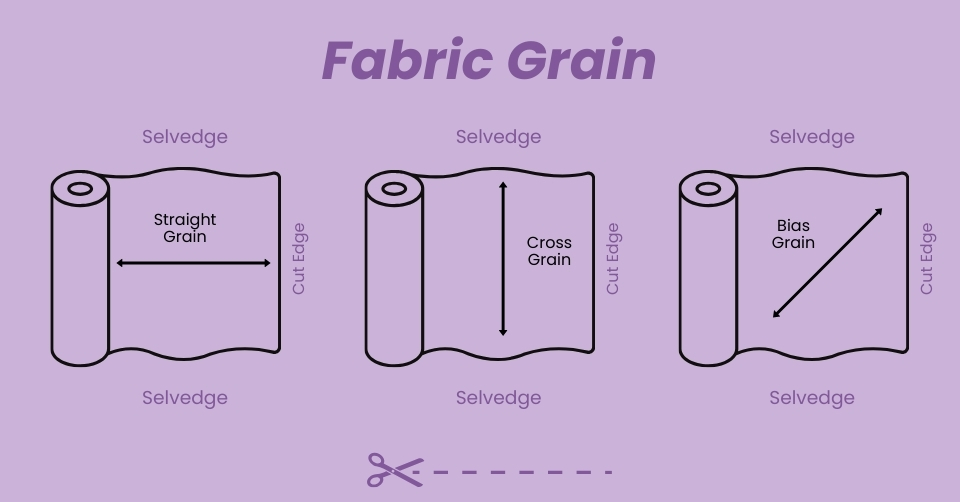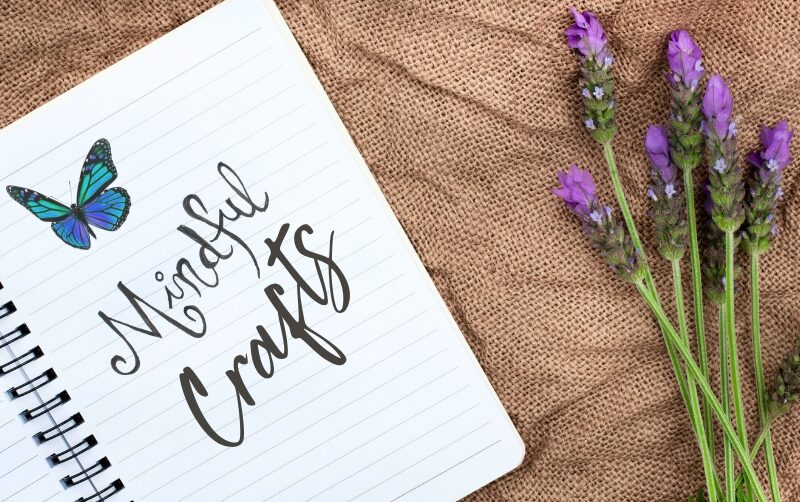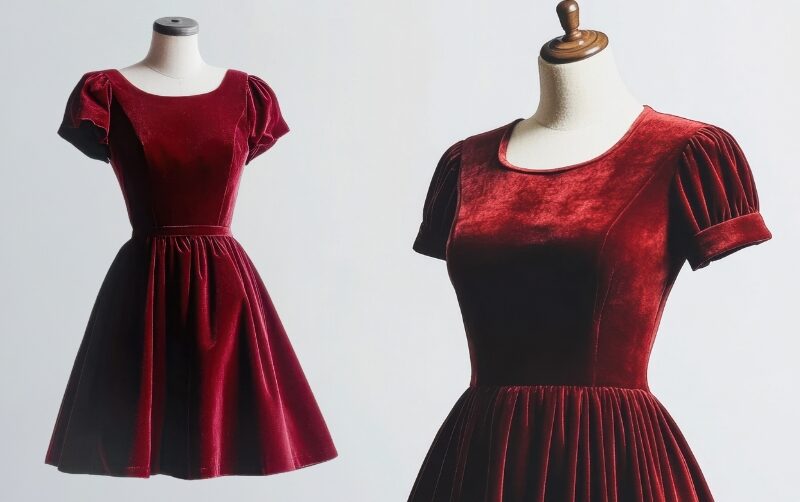When it comes to sewing, understanding the grain of fabric is one of the most essential skills you can learn. It affects how your fabric behaves, how your garment or project looks, and even how long it lasts. Knowing how to identify the grain and use it correctly will elevate the quality and success of your sewing projects. Read on to learn the importance of fabric grain, from warp and weft to bias, and how you can use it to your advantage.
What is Fabric Grain?
Fabric grain refers to the direction of the threads that make up a woven fabric. These threads are organised in three directions:
Warp (Straight Grain)
These are the threads that run parallel to the selvedge edge of the fabric.
Warp threads are the strongest and least stretchy because they are held under tension during the weaving process.
Weft (Cross Grain)
These threads run perpendicular to the warp and selvedge.
While still stable, the weft threads often have a little more give than the warp.
Bias Grain
The bias runs at a 45-degree angle to both the warp and weft.
This direction has the most stretch, even in woven fabrics, and allows for fluid drape and flexibility.

Why Fabric Grain Matters
The grain of fabric impacts everything from how it hangs to how it behaves when cut and sewn. Ignoring grainlines can lead to stretched seams, misshaped garments, or fabrics that don’t sit properly. Here’s why grain is so important:
Fit and Drape
Aligning fabric to the correct grain ensures your garment hangs beautifully.
Cutting on the bias creates drape and stretch, ideal for flowing dresses or form-fitting garments.
Strength and Durability
Cutting along the warp (lengthwise grain) uses the fabric’s strongest direction, making it ideal for high-stress areas like seams or waistbands.
Appearance and Balance
Ignoring grainlines can cause garments to twist, stretch, or lose their intended shape. This is particularly noticeable with striped or patterned fabrics.
Key Terms to Know
- Selvedge Edge: The tightly woven edge of fabric that runs along the lengthwise grain. Use this as your guide for finding the warp direction.
- Grainline (on Patterns): The arrow marked on sewing patterns indicates the direction to align pattern pieces with the fabric’s grainline.
- True Bias: The 45-degree angle between the warp and weft. This is where woven fabric has the most natural stretch.
How to Identify the Grain of Fabric
Before you cut into your fabric, it’s crucial to identify the grain:
- Tug Test: Gently tug the fabric in both directions. The warp grain will feel stiffer and have less give, while the weft grain has slightly more stretch.
- Find the Selvedge: The selvedge edge always runs along the warp grain.
- True Bias: Fold the fabric diagonally across itself to find the true bias, where the greatest amount of stretch occurs.
How to Cut Along the Grain
- Align Your Pattern Grainline: Lay your fabric flat on a surface and align the grainline arrow on your pattern with the warp (lengthwise grain). Use a ruler to double-check alignment.
- Use the Selvedge as a Guide: Ensure your fabric is not twisted or off-grain before cutting. Align selvedges evenly and smooth out wrinkles.
- For Bias-Cut Projects: Place your pattern pieces at a 45-degree angle to the warp and weft for garments that require drape or stretch, like bias-cut skirts or cowl necklines.
Marking Your Grainline
If working without a printed grainline, use a fabric pen or chalk to mark a straight line following the warp or weft threads.
Using Fabric Properties to Your Advantage
- Warp (Lengthwise Grain): Best for structural pieces like trousers, bodices, or waistbands that require stability.
- Weft (Crosswise Grain): Perfect for areas that need some give but not too much stretch, such as looser tops or skirts.
- Bias Grain: Ideal for projects that require drape, fluidity, or stretch without using knit fabrics. Commonly used for bias-cut dresses, scarves, or binding on quilt edges.
Common Grainline Mistakes and How to Avoid Them
- Twisted Seams: If the grainline isn’t followed, garments may twist or pull after washing. Always align your patterns carefully.
- Off-Grain Fabric: Fabric can become “off-grain” due to poor manufacturing or folding. To correct it, gently tug the fabric on the bias to square it up before cutting.
- Ignoring Bias Stretch: If you don’t account for bias stretch, seams can become distorted. Stabilise bias edges with stay stitching to prevent stretching during construction.
Understanding the grain of fabric is an essential skill that can dramatically improve the success of your sewing projects. Whether you’re creating a structured garment, flowing dress, or decorative home item, respecting the warp, weft, and bias will help you achieve professional, polished results.
By aligning your patterns correctly, taking advantage of the fabric’s properties, and avoiding common grainline mistakes, you’ll be well on your way to mastery!


